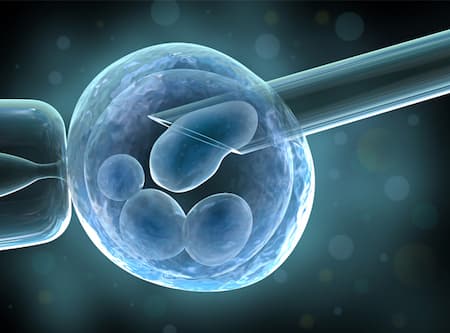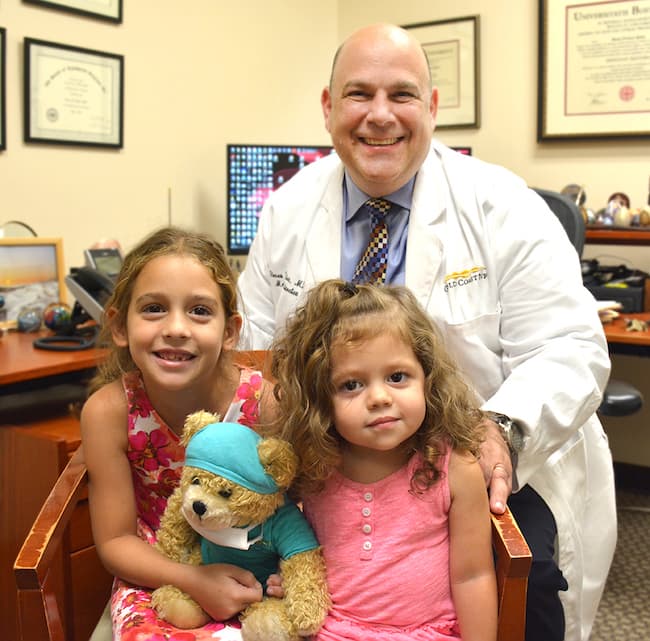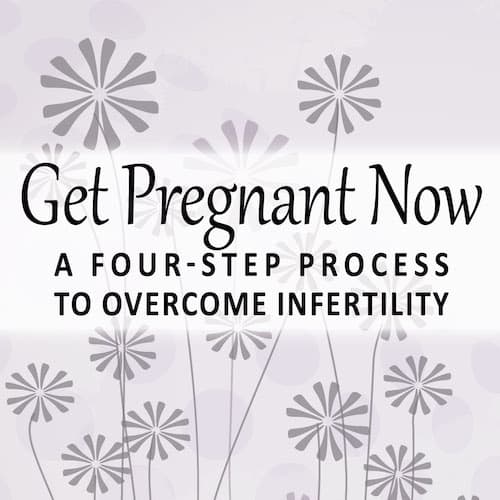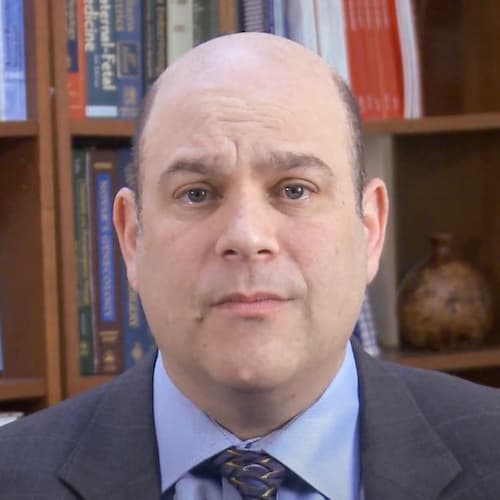In Vitro Fertilization
Putting egg and sperm together in a dish
 In vitro fertilization (IVF) is now more than 30 years old and it has revolutionized the ability to help couples achieve a healthy pregnancy. Dr. Palter remembers when he was young hearing the reports on the news of the birth of the first “test tube baby” Louise Brown and the first US IVF baby Elizabeth Carr shortly thereafter and thinking this technology was beyond belief.
In vitro fertilization (IVF) is now more than 30 years old and it has revolutionized the ability to help couples achieve a healthy pregnancy. Dr. Palter remembers when he was young hearing the reports on the news of the birth of the first “test tube baby” Louise Brown and the first US IVF baby Elizabeth Carr shortly thereafter and thinking this technology was beyond belief.
One of his favorite recent honors was being invited to sit at dinner with both the UK (Bob Edwards) and American (Howard Jones) doctors who did these first treatments at the honorary presidential dinner of our national fertility society the ASRM. He was amazed as a child by this incredible treatment that made the impossible seem easy. Now, as a fertility specialist, it was so exciting for him to talk with them about the next stage of developments in our field being developed now.
At first IVF was used only for cases where the problem was with the woman’s tubes—where sperm and egg could not meet. In these cases, it was a simple bypass to a blocked road. The sperm and egg were made totally normally but the doctors just played dating service and got them to meet in a new location.
Today however IVF has been shown to be one of the most highly successful treatment options for all fertility problems. What’s more surprising is we can tailor the treatment to best fit the exact causes in each patient.
30 years ago, there were few medication options and ways to follow the eggs. Today we have so many new options that are simpler and more convenient. For example, we can now use a noninvasive ultrasound to take pictures of the developing eggs and know when they are perfectly ready to meet the sperm as opposed to guessing or using urine tests like in the past.

IVF success rates have climbed dramatically over the past decades. The first pioneers had less than a 1% chance of success. When Dr. Palter started his training as a fellow at Yale success rates were around 15%. We are so happy that our team at Gold Coast has been able to double that rate TWICE since Dr. Palter opened our center in NY.
Some patients tell us they are too scared to consider IVF because they see it as the last resort…and what would they do if it did not work? We tell them it’s a very effective treatment and the key is matching them to what treatments they truly NEED. If they need IVF, then delaying that step only delays their likely success. If IVF isn’t their best option then they should consider one of the simpler treatments first. We often tell these patients if IVF is what they need then by not choosing it they are stacking the odds of success far against themselves. If you had cancer you wouldn’t skip the meds that usually cure you because they might not work- NOT taking them is the danger!
Another important discussion we have with our patients is the time needed to get to their pregnancy. This is an area where IVF has some advantages over other treatments. For example for some patients IVF could have a 4-5 times higher chance of pregnancy in a single month than another option. So while both paths can lead to success, the downside of the simplest treatment is it might take 6 months instead of one.
Now if the couple has not been trying too long, are very young, or don’t feel a sense of urgency the slow simple path might be very attractive. For couple in their late 30’s or who have been trying for many years, or who just don’t want to face the chance of another period coming then IVF will be more attractive.
IVF can sometimes seem like a basket full of abbreviations – ICSI, PGS, NGS, etc. And for some it can be scary and seem very high tech. What is most important is that today, just like when IVF first began we follow the natural processes in the body. Sperm still is made naturally, as are eggs, but medications help us get more of them. While the sperm and egg might meet in a new place the process of them creating an embryo is still as it is in nature.
What does the future hold in IVF? First success rates have never been higher and we now can help almost all couples achieve a pregnancy one way or another. The newest developments are simplifying the medications, improving the embryology lab conditions so the embryos can develop even better, and new options for screening the embryo so we know which one is the healthiest. This has allowed us to reduce the risks of multiples while allowing success rates to keep going up!



